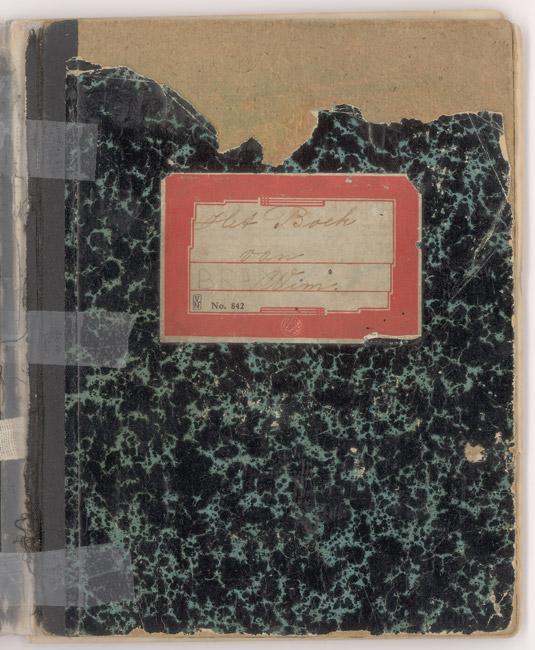

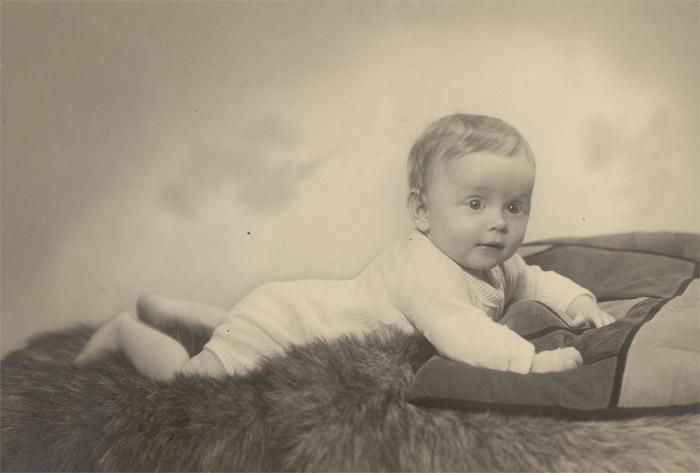

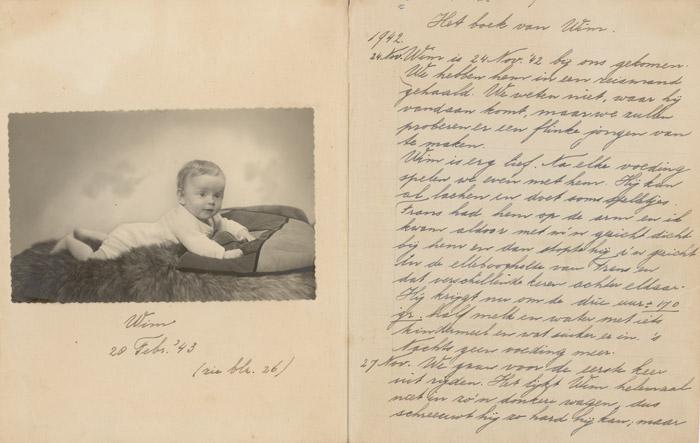

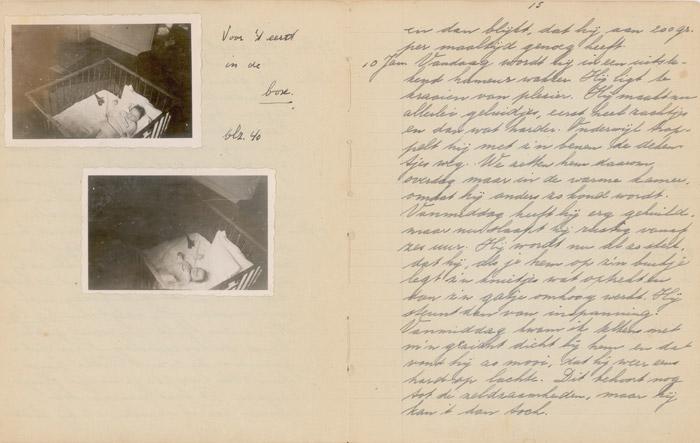

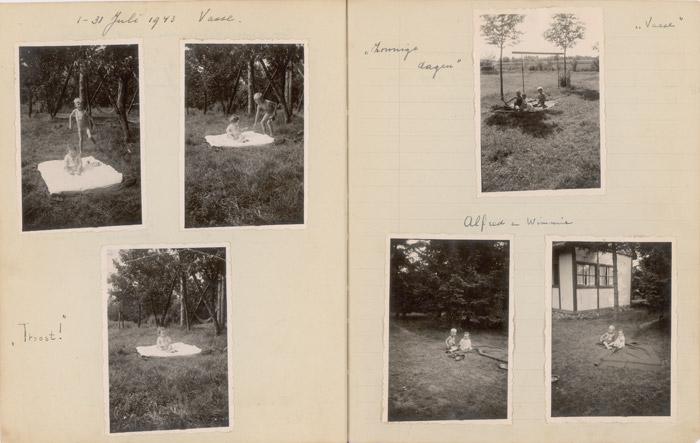

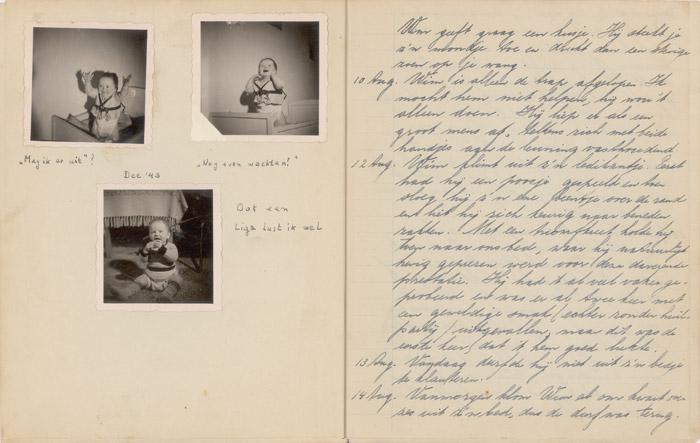

Sunday to Thursday: 09:00-17:00
Fridays and Holiday eves: 09:00-14:00
Yad Vashem is closed on Saturdays and all Jewish Holidays.
Entrance to the Holocaust History Museum is not permitted for children under the age of 10. Babies in strollers or carriers will not be permitted to enter.












Choosing to part from their children in order to rescue them was probably a most difficult decision for parents. This was often the only possibility to save their children from murder; but it also meant that they needed to separate, to give them into the arms of strangers and remaining for long months and even years, not knowing how the children were doing and if they had survived. Many parents perished without ever seeing their children again; those who survived the war and were re-united with their children, experienced great difficulties and pain – they had missed crucial years in the lives of their children, while strong bonds were formed between rescuers and the youngsters in their care. Picking up the pieces after the war was a great challenge.
Rie Pakker from Almelo in the Netherlands must have felt and identified with the heartache of the parents of the little Jewish baby that was secretly brought to her, and therefore decided to document the development of the child. On the day the child was brought to her, she took a small notebook and began a diary so that when his parents returned, they would be able to make up for the missing years in their family history.
Abraham Packter was seven weeks old when his parents decided to go into hiding. Before the war his father had worked for a business for agricultural supply in the town of Enschede in the eastern parts of Holland and therefore knew many farmers in the area. One of his clients, Mr. Paus of Almelo offered to take the Packter’s daughter and found a young couple by the name of Pakker who were willing to take the baby. The parents went into hiding in a separate place.
Frans Pakker, was a postman. He and his wife called the baby Wim and lovingly cared for him. All the details were carefully registered by Rie Pakker in the notebook: the baby’s weight, his first teeth, and all the details of his growing up. Frans Pakker took photos of the child and the couple added them to the little notebook.
In 1944 the Pakkers’ first child was born. Abraham-Wim stayed on with them until the end of the war, when he was returned to his parents with the notebook.
Warm relations were maintained between the Packters, who emigrated to Israel and the Pakkers. Rie Pakker died at a young age in 1953, but Abraham continued to visit Frans in Holland until his death in 2007. When Abraham asked his rescuer what had made them take in a Jewish child in a small town where all knew that they had no children, Frans responded that it was clear to them that it was their duty and they never considered the possible consequences.
On 25 January 2009 Frans and Rie Pakker were recognized as Righteous Among the Nations.

Thank you for registering to receive information from Yad Vashem.
You will receive periodic updates regarding recent events, publications and new initiatives.
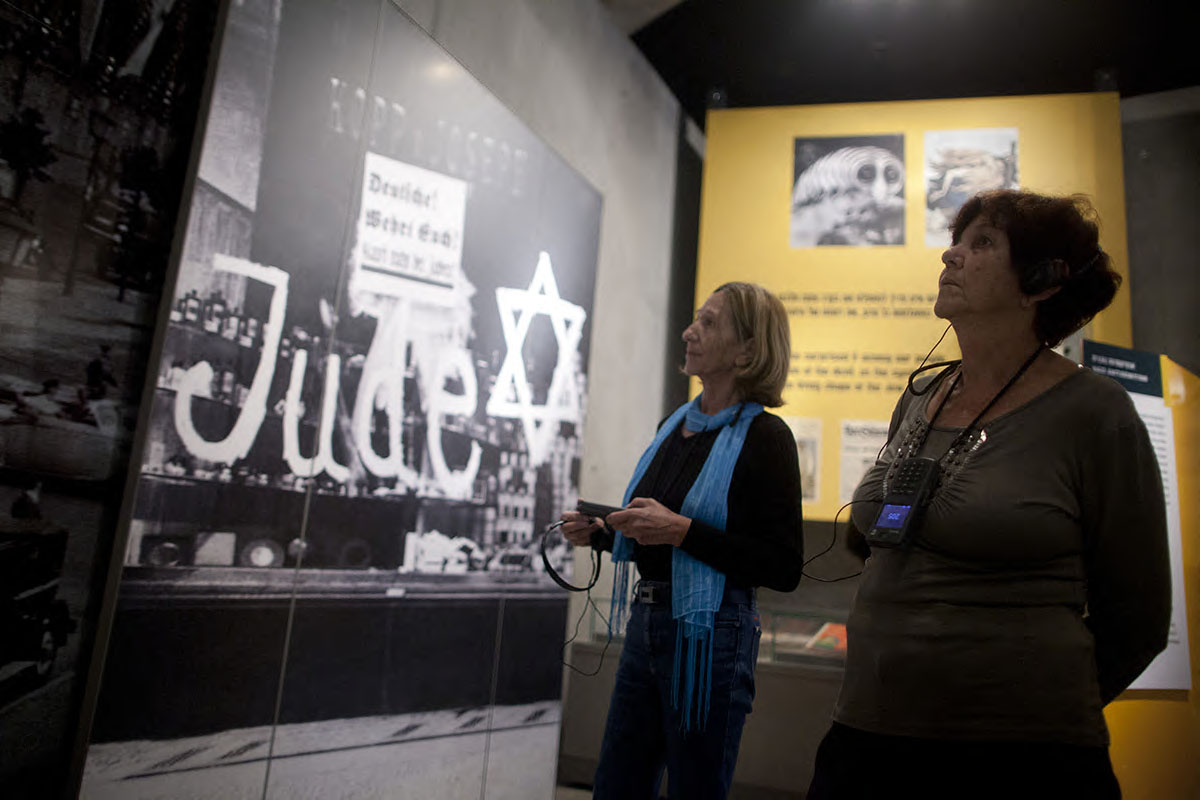
"The work of Yad Vashem is critical and necessary to remind the world of the consequences of hate"
Paul Daly
#GivingTuesday
Donate to Educate Against Hate


Worldwide antisemitism is on the rise.
At Yad Vashem, we strive to make the world a better place by combating antisemitism through teacher training, international lectures and workshops and online courses.
We need you to partner with us in this vital mission to #EducateAgainstHate
The good news:
The Yad Vashem website had recently undergone a major upgrade!
The less good news:
The page you are looking for has apparently been moved.
We are therefore redirecting you to what we hope will be a useful landing page.
For any questions/clarifications/problems, please contact: webmaster@yadvashem.org.il
Press the X button to continue



